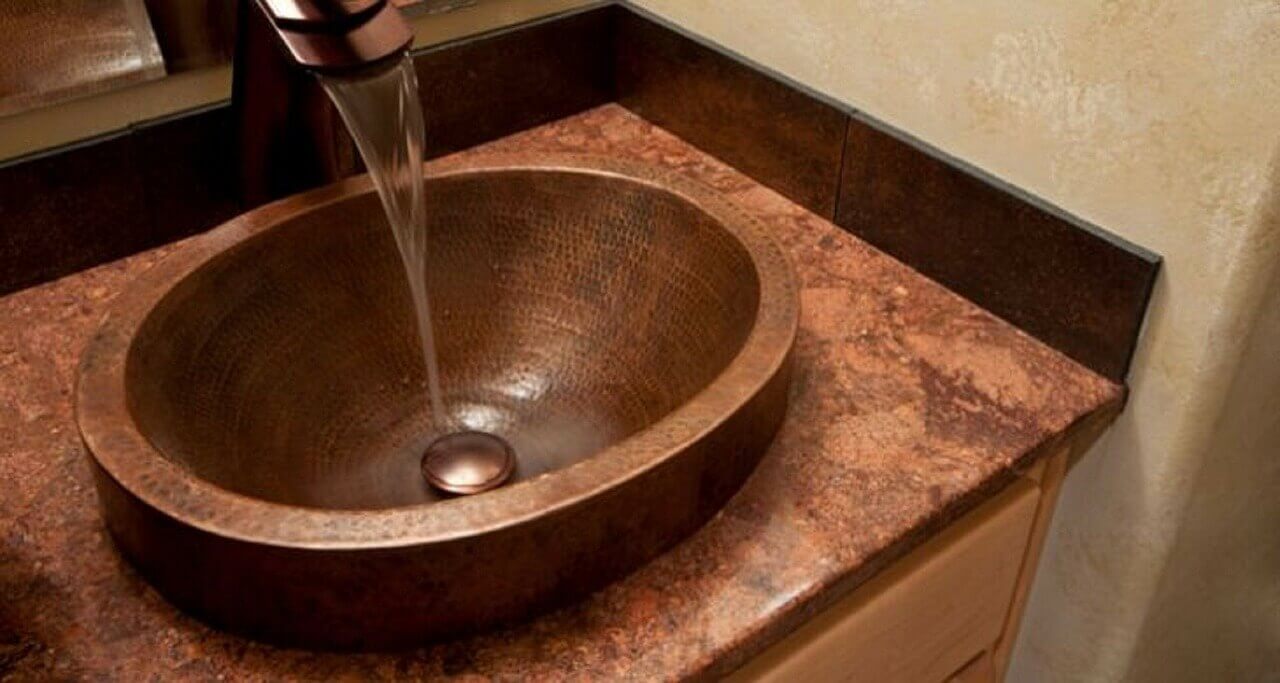8 Easy Do-It-Yourself Steps to Replacing Bathroom Sink Faucet and Drain

For the renovation newbie, replacing bathroom sink faucet and drain may seem like a daunting task but it is much easier than you might think. Not only can it be a great addition to your bathroom renovation project but you can also modernize the look of your vanity by simply replacing your old faucet with a new, more contemporary design.
Before you begin this bathroom renovation project, you will need a basin wrench for this project. This is a wrench used for plumbing, which has a long metal arm with a curved, pivoting claw at one end and a T-handle at the other end. The claw has teeth that run along the inner side of the curve. It grips the nut on the faucet and is meant to be used in places that are difficult to reach.
Follow these simple steps to installing your new bathroom sink faucet and drain
Step One – Select the right faucet
There are hundreds of different types and styles you can choose from for your new faucet. However, it is important to select a faucet that will fit your sink as well as fit into your overall bathroom theme.
All faucets have two threaded posts that will fit down through the holes of the sink. Nuts and washers secure these posts underneath the sink. The center set, which is the distance between the holes, needs to match up between the holes on your sink.
Almost all bathroom faucets and sinks use a standard 4-inch post and hole spacing. It is usually 4 inches between the centers of the faucet posts and between the holes in the sink. Almost all faucets are universal and will fit your existing sink unless it is old or is an unusual style. Take a quick measurement before you buy just to be sure it will fit.
Looking for Discount Bathroom Vanities with Tops and Sinks? Here are the best.
If there is a single-set faucet, it will utilize individual pieces that each fit into one hole in the sink. Some sinks have an odd center to center spacing. In this situation, you will likely need to use a single-set faucet because they interconnect with hoses underneath the sink. They can easily adapt to hole spacing that is more or less than normal.
Step Two – Shut off the water
The very first thing you must do is shut off the water. You can do this by using the stop valves under the sink. These stop valves supply and control hot and cold water to the individual faucets.
Step Three – Confirm the valve closure
Once you close the stop valve, be sure to check that they have shut off the water flow completely. In some older valves, the valves have been known to stick in a partially open position. If this happens, just shut off the water flow to the entire house. Plus, if the valves do not close completely, you will want to replace the valves, as well as the faucet.
Step Four – Remove water lines
Once the water is off, you will need to remove the water lines between the faucet and the two stop valves. The vertical arm that comes down through the faucet and connects to the horizontal drain stopper arm needs to be detached. To do this, just loosen the thumbscrew or spring clip on the stopper arm and slide the two arms apart.
Step Five – Now it is time to use your wrench.
Lay on your back under the sink. Position the wrench with its claw side up, toward the faucet until the claw wraps itself around the nut that is holding the faucet under the sink. The claw pivots after it grasps the nut. You will then be able to put pressure on the handle and turn the nut until it comes off. When it is time to put the nut back on, all you have to do is flip the claw to the other side of the wrench shaft and use it in reverse.
Step Six – Removing old faucet
Remove both of the nuts and the two washers. Remove the old faucet.
Step Seven – Install the new faucet
Now it is time to put in your new faucet. If your new sink needs to be assembled, you should do so according to the manufacturer’s instructions. Slip in your new faucet, put on the nuts and washers, and tighten from below with the basin wrench.
Step Eight – Connect water lines
Connect the stopper arm and the water lines. Turn the valves back on, and your new faucet is ready to be used. That wasn’t so bad. Next time you have the urge to remodel your bathroom, it will be just like riding a bike, so grab that basin wrench and let’s get started.
Has your bathroom faucet stopped working? Here’s a guide to fixing.
